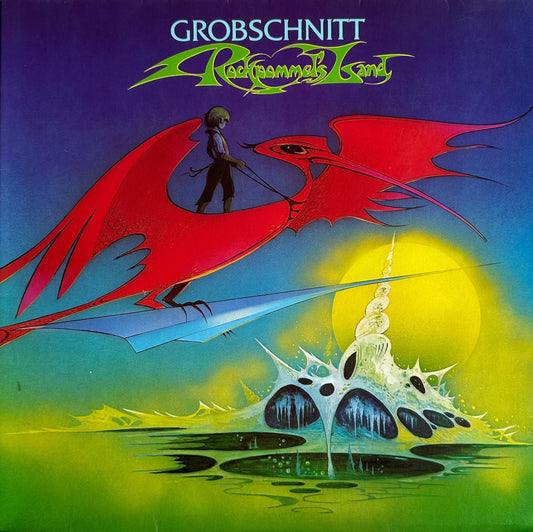You’ve dialed in tracking force, alignment, and azimuth. The stylus rides the groove like it was born there. Still, the sound feels tonally off. Vocals are nasal or thin. Cymbals are either piercing or dull. You’ve blamed the cartridge or the pressing—but what if it’s your vertical angle?
What to Do
Adjust your tonearm’s Vertical Tracking Angle (VTA) by raising or lowering the pivot end. Start with the arm parallel to the record surface. Use small changes—millimeter by millimeter—to test for tonal balance. Tracks with well-recorded strings or sibilant vocals are good indicators. Don’t just trust your eyes—trust your ears.
Here’s Why That Works
VTA alters the stylus rake angle (SRA), changing how the tip interacts with groove walls. A tail-up arm angle boosts treble and leans out the mids. Tail-down softens highs and adds warmth—but at the cost of clarity. The wrong angle causes distortion in groove tracing, especially with elliptical or line-contact styli.
The difference isn’t subtle. When VTA locks in, the tonal balance flattens, imaging clears, and detail becomes effortless. It’s not just geometry—it’s musicality.



